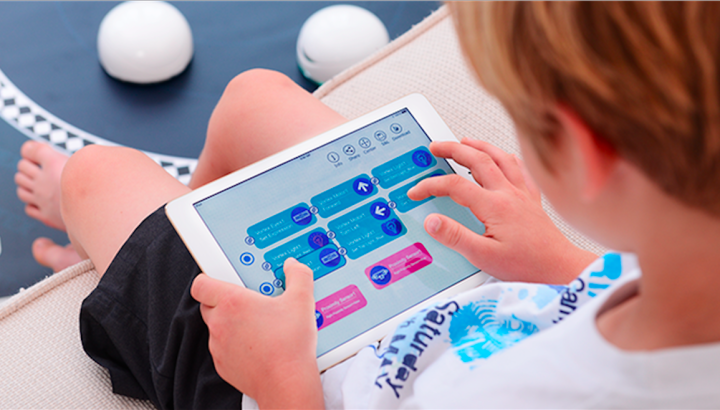
The project, now on Kickstarter, is looking to raise $50,000 by August 13, and has already reached nearly a third of its goal, with 127 backers pledging $14,930 thus far. The small, semi-spherical robot comes ready to go straight out of the box, and is meant to be paired with either your Apple or Android smartphone. Preloaded with four games, the Vortex promises hours of entertainment for children, but more importantly, a seriously educational experience as well.
As Vortex notes on its campaign page, “We believe kids can benefit a lot from robotics, in identifying their own challenges, learning how stuff works, solving new problems, motivating themselves to complete a project, working together, inspiring others, and sharing with others. That’s why we created Vortex to be more than just a toy.” The technology behind Vortex and open-source and totally programmable, which means that kids can not only play the installed games, but create new ones of their own.
According to the product page: “Vortex is programmable, and to do it you only need an iPad. Creating a dodgeball game is as simple as dragging and dropping couple of function modules into a visual workspace and tapping upload. Vortex also comes with preset courses that teach how to make use of its built-in capabilities, such as recognizing hand gestures, navigating around obstacles and avoiding drop-offs.”
Today, a single Vortex on Kickstarter will set you back $69, but if you worry that your kids will fight over the little robot (or that you’ll fight with your kid over it), the team is also offering a deal for an Early Bird two-pack of the little machines. And while there is no shortage of kid-friendly robots or technology claiming to get children more interested in computer science, it’s rare that the two meet with such synergy.


